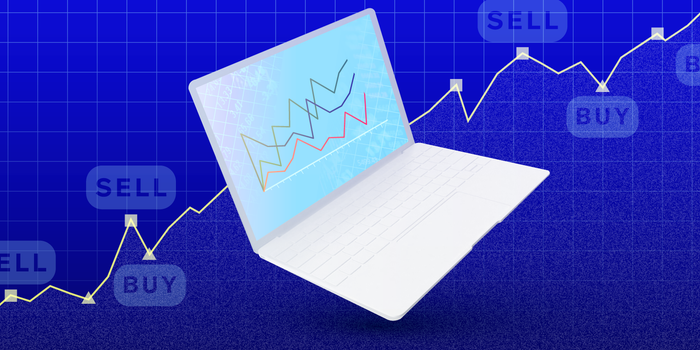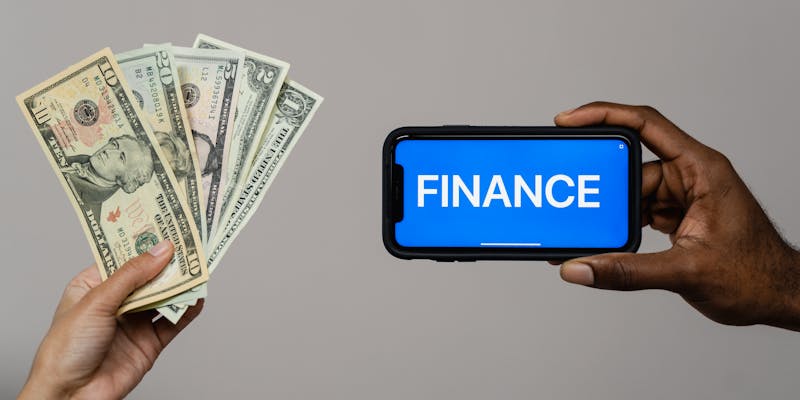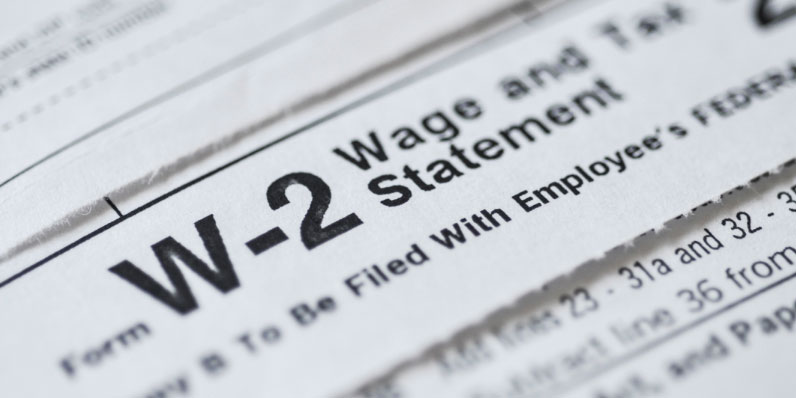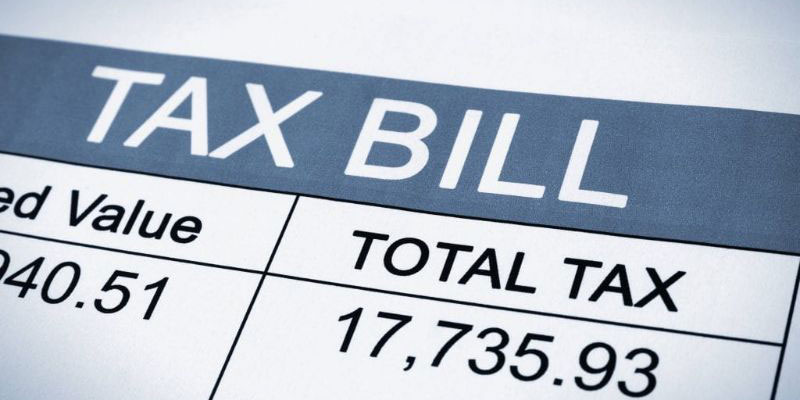All About the Fractional Investing: Get Started in the Market Without Much Money
Dec 23, 2023 By Triston Martin
Introduction
Partial shares of equity are denoted by the term "fractional share." Owning a fraction of a share of stock is the same as owning a little piece of the whole. Stock splits used to leave investors with nothing but fractional shares because brokers only sold whole blocks of stock. However, this is changing as major brokers increasingly allow clients to buy fractional shares without going through an intermediary. As a result of the change, investors no longer have to specify the number of shares they wish to purchase but rather the amount of money they wish to invest in a firm, allowing them to invest in a fraction of a share if they don't have enough money to buy the whole thing.
Why Buy Fractional Shares?
There are many hurdles for beginners to overcome before they may begin investing traditionally. The price of some stocks can be prohibitive, leading some less confident traders to give up before they ever begin. By allowing people to invest in a company with as little as a few dollars, the concept of "fractional shares" or "stock slices" helps remove this obstacle. Since Public's mission is to democratize access to investing, we've eliminated waitlists and fees associated with investing in fractional shares so that anyone can start investing immediately.

How Do Fractional Shares Work?
In most cases, fractional shares function the same way as whole ones. Depending on the brokerage, a fractional shareholder will have the same percentage of gain or loss as a full shareholder and may also have the same voting rights. Fractional shareholders are eligible to receive dividends from the company.
Example of How Fractional Shares Work
Take ABC, Inc., a made-up company, as an example. You would see a 10% increase in your investment from $50 to $55 if the company's share price increased from $100 to $110. The whole-share investor still has a total of $100, the fractional-share investors still have $50, and there is no change in the total amount invested.
Benefits of Fractional Investing
Fractional shares allow investors more freedom and efficiency. Money returns can begin sooner. You can get started in the market with as little as $5 by employing a fractional investing strategy, though this will vary depending on the broker you go with and the companies you access. If you can start investing early enough (to take advantage of compounding returns), you'll end up ahead of the game. As a bonus, fractional investing gives you access to companies whose shares you otherwise might not be able to buy. Most people can't afford to buy a single share of the most expensive stock. With fractional investing, you can own a small stake in a company and share in the profits on a smaller scale.
They're More Affordable
One share of Berkshire Hathaway Inc. stock can be purchased for more than $300,000, while one share of Amazon.com stock is worth just over $3,100. (as of Aug. 11, 2020). If you don't have access to that kind of money and are willing to risk it all on a single stock, you have no chance of making a profit from investing. Fractional trading could be the answer if you're looking for a way to buy stock in a company like Amazon. One-tenth of a share of Amazon stock can be purchased for around $300 if you use fractional shares.
They Make Dividend Reinvestment Easier
Dividends are money you get from the investments that you can put back into the market to make more money. Instead of saving up for a full share, which could take weeks or months, you can immediately put your money to use by purchasing fractional shares. After all, time is the most advantageous asset you have when investing.
Are Fractional Shares Right for You?
Even though everyone's financial situation is unique, Driscoll claims that fractional share investing benefits everyone. When starting in the stock market on a tight budget, fractional shares can be a great way to get your feet wet. They also make it possible to invest a set amount regularly, which can help your portfolio grow and diversify.

Conclusion
By purchasing fractional shares, small investors can more easily afford equities with a high per-share price. You can buy fractional shares using a dividend reinvestment plan or an automated online plan, as well as directly with some brokers.

Unintended Harm: Is Fraud Prevention Hurting Financial Inclusion?

Treasury Calls for More Oversight on Bank-Fintech Collaborations

Is There a Deduction Limit on Charitable Donations?

Unlocking the Power of the Symmetrical Triangle Pattern in Trading

Form W-2: Definition and Working

Investing in 3x ETFs Can Be Riskier Than You Think

A Complete Guide About What Are Core Assets?

Marginal Tax Rate: What is it?

Trading Strategies for Beginners

